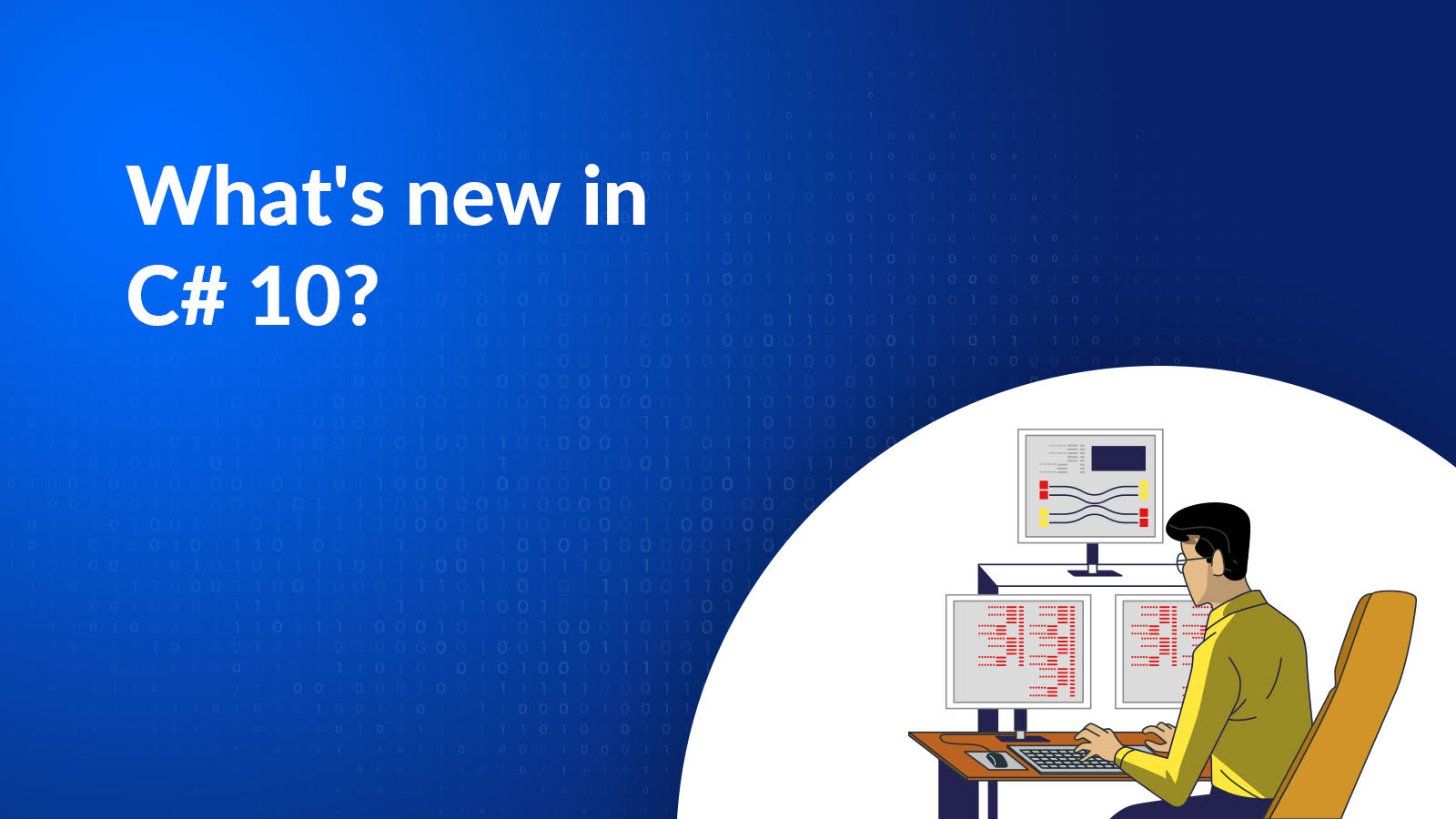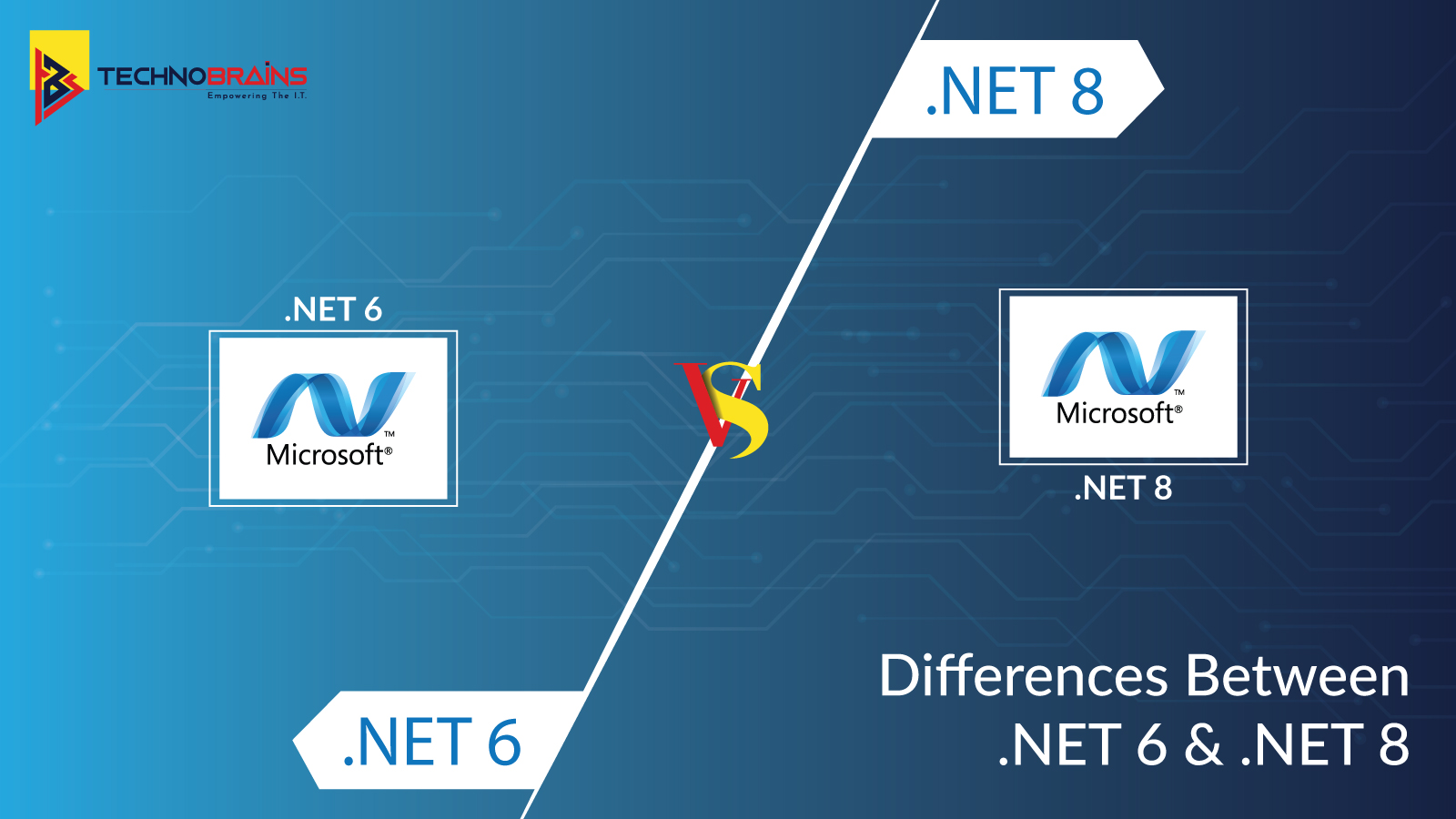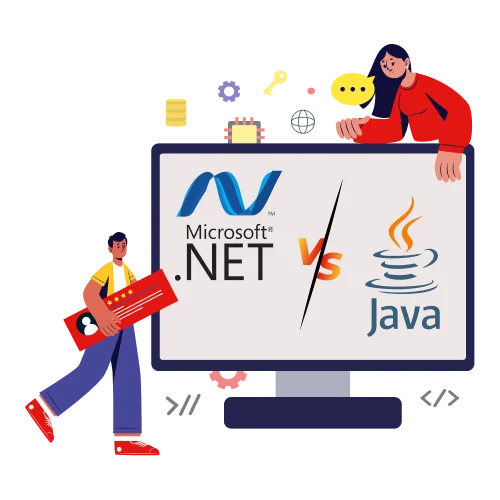Get 40 Hours Free Developer Trial
Test Our Developers for 40 Hours at No Cost - Start Your Free Trial →
For quite some time, C# has been available. An updated version of this widely-used programming language was, released recently. We got a chance to explore some of the most exciting language features with the release of .NET 6.0 and C# 10!
It is impossible to avoid C#. With more than half a million active users, Microsoft’s core programming language continues to maintain a high level of popularity and is, among the most widely used languages for desktops and games. C# latest Version 10 is on its way, so professionals and development companies need to brush up on their C# skills and C# application development services by learning about some of the most important current and innovative features.
What brand-new possibilities does C# 10 supply?

- Using Global
You will be, reduced to writing far less code with this brand-new feature. For each implementation, there are a number of “using” statements.

- ASP.NET can make the issue more monotonous since so much of this code is, rehashed and is, considered “noise” by coders.
The global keyword is another new C# 10 feature Using them globally in the overall project allows you to specify global usage. In practice, you should create a separate file, such as using.cs, containing such requirements. Therefore, the remaining files in the project could be, streamlined because not all these uses need to be, included. This is, known as “vertical (space) waste” in C#.
- Types of structure improvements
The essential enhancements to structure types are, included in C# 10. For instance, you could declare Object() [ [native code] ] in a structural type and use it to initialize a property or field in the structural type. Alternatively, the left-hand operand of the expression could represent an unidentified (reference) type.
Read the blog to know in detail if you should migrate to .NET 5 - Record struct
It is possible to declare value-type records using the record struct and read-only record struct declarations. You can now specify that a record is a reference type, using the record class declaration. - Namespaces for Files
Utilizing the global keyword C# eliminates vertical waste, and utilizing file namespaces eliminates horizontal waste. In general, this feature attempts to address the indent issues; however, it’s a purely cosmetic adjustment that should improve the appearance of your code. With this feature, you can now declare the namespace at the file level. - Strings with constant interpolation
Even though we can insert objects straight into strings without leaving their bounds, string interpolation is quite useful. First, let’s declare two variables. Then we’ll interpolate the second variable. Because such strings did not, change their values, they could be, declared as constants in C# 10.
Learn about the difference between .NET Core and .NET Framework here - Record types could seal toString
In C# current version 10, you can override Tostring within a record type using the sealed modifier. A sealed ToString method will not be, generated for almost any associated record type. In a sealed ToString, each source record type is, used in the ToString method. - The improved #line pragma
C# latest version 10 introduces a new #line pragma format. The new layout may not be, used by you, but its effects will be, noticeable. Razor is a domain-specific language (DSL) that allows finer-grained output. By using these improvements, Razor optimizes the troubleshooting experience. Your Razor source will be, highlighted more appropriately by debuggers. - Keywords for the field
- In C# 3, self-implemented properties were, introduced. A private, anonymous field is, created once the program is, compiled; it can be, accessed only via the get and set attributes of the property.
C#’s init accessor is one of the most intriguing aspects of its current version.
The caller can alter the members of immutable objects with such an accessor, increasing their versatility. This field, introduced in the latest edition of the C# language is a new keyword. The addition of a new field would not be necessary starting with C# Current version 10. It could also be, used in the init accessor.
Learn about Why ASP.Net is best for Microservices. - Checking for Null Parameters
The Null Reference Exception may be one of the biggest errors in your code. For this type of error to be, prevented you need a flawless application architecture, and several checks on function parameters. Our code may be more readable and robust as a result of this new functionality. This issue has been simplified with the new version of C#. Just after the parameter name, place two exclamation points (“Bang bang”). A null check will be, performed automatically. Null values would cause the ArgumentNullException to be, thrown instantly.
- Extended Property Pattern and Required Property
An expanded property pattern is particularly helpful when dealing with nested properties. Were, constructors not explicitly used in the past?
Nowadays, construction companies rarely create heavy construction; instead, they create light construction, which specifies the value of the properties immediately. This new keyword is, required in version 10 of C#. Users can define a class so that a property is necessary. Attempting to create an object without the required property will result in an error at compilation time. - Methods can be, enabled with the AsyncMethodBuilder attribute
As of C# version 10, you can define a distinct async method builder for a method that returns a task-like type, rather than defining the type for all of these methods. It is possible to optimize performance by using an async method builder when such a builder might be beneficial.
Conclusion
In this article, we discovered some new features of C# that were, introduced in the new version of the language. It appears that some of these enhancements are significant, as they seem to affect how we approach and create C# projects.
TechnoBrains offers C# web development services that are lighter, faster, and more performant. Experts in both migration processes as well as modernization of legacy applications, our Microsoft C# development team can help.







